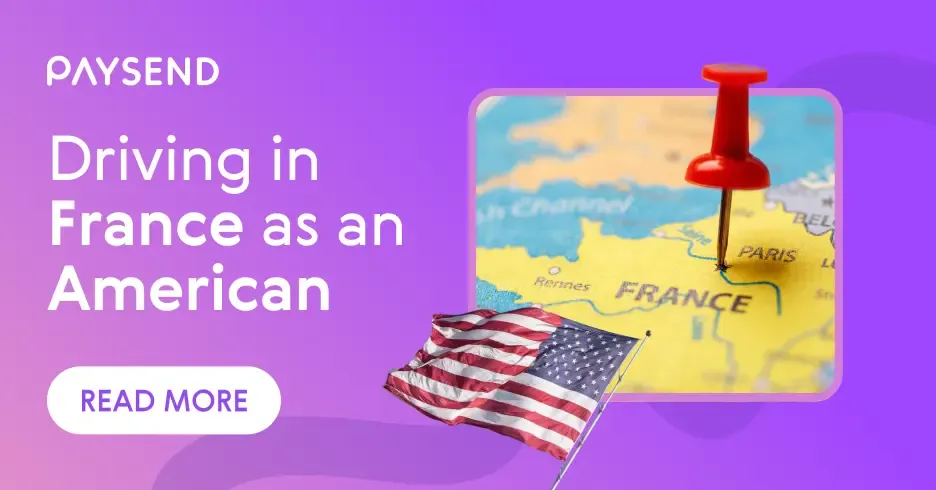How to Say 11 in Spanish (And Other Number Essentials for Your Next Trip)

If you’re learning Spanish or getting ready for a holiday, knowing how to count is one of the most useful skills to pick up. To answer the question right away:
11 in Spanish is “once” (pronounced: on-seh).
It’s part of a group of unique number names from 11 to 15 that don’t follow the standard pattern, so they’re worth memorising early on. Whether you're booking a table, buying something, or ordering drinks on the beach, numbers come up a lot – and getting them right helps you feel more confident and understood.
Spanish Numbers 1–15: Quick Reference
Here’s a list of the Spanish numbers from 1 to 15 to help you get familiar:
| Number | Spanish | Pronunciation |
1 | uno | oo-noh |
2 | dos | dos |
3 | tres | tres |
4 | cuatro | kwah-troh |
5 | cinco | seen-koh |
6 | seis | says |
7 | siete | syet-eh |
8 | ocho | oh-choh |
9 | nueve | nweh-veh |
10 | diez | dyeth (Spain) or dyess (LatAm) |
11 | once | on-seh |
12 | doce | doh-seh |
13 | trece | treh-seh |
14 | catorce | kah-tor-seh |
15 | quince | keen-seh |
Useful Phrases with Numbers in Spanish
Here’s where the fun starts — actually using numbers when you travel or speak to someone in Spanish. Below are a few real-life examples:
- ¿Puedo tener dos cervezas, por favor?
Can I have two beers, please? - Somos cuatro personas.
There are four of us. - Tengo once euros.
I have eleven euros. - La habitación es para tres noches.
The room is for three nights. - El autobús sale a las ocho.
The bus leaves at eight.
As you can see, knowing numbers like once (11) is helpful when you're counting money, ordering food, or just getting around.
How to Say Bigger Numbers in Spanish
After 15, numbers start to follow more regular patterns:
- 16 – dieciséis
- 17 – diecisiete
- 20 – veinte
- 21 – veintiuno
- 30 – treinta
- 40 – cuarenta
- 50 – cincuenta
So, if you want to say “twenty-one euros,” it’s veintiún euros. If you’re ordering “eleven tickets,” it’s once entradas.
Travelling? This Comes in Handy
Whether you’re paying a bill, buying a SIM card, or asking how much something costs, knowing your numbers in Spanish is just as essential as saying “hello” or “thank you.” It’s especially useful in countries like Spain, Mexico, Argentina, and across Central and South America, where numbers are a key part of every interaction.
If you’re sending money abroad – for example, to family or friends – you might also want to be able to read or say numbers out loud when confirming amounts.
Final Tip: Practise With Real-Life Questions
To help you remember numbers like once, try practising with questions you might actually use:
- ¿Cuánto cuesta? – How much does it cost?
- ¿Tiene cambio de veinte? – Do you have change for twenty?
- ¿Puedes transferir cincuenta euros? – Can you transfer fifty euros?
The more you practise, the more natural it becomes — and the easier your next trip will be.
Sending money? Do it with Paysend, and download the app for free.
Don’t miss our other related blogs:
Ultimele postări

Planning a road trip through France? Driving in France as an American is a great way to explore charming villages, coastal routes, and wine country at your own pace. In this blog, you’ll find out what documents you need, how driving in France compares to the US, and what to know if you’re renting a car during your stay.

Every year from September 15 to October 15, Latin American Heritage Month is celebrated to honor the rich history, contributions, and cultures of Latin American communities. It’s a time to recognize the impact that Latin American people have had – and continue to have – on countries around the world.













